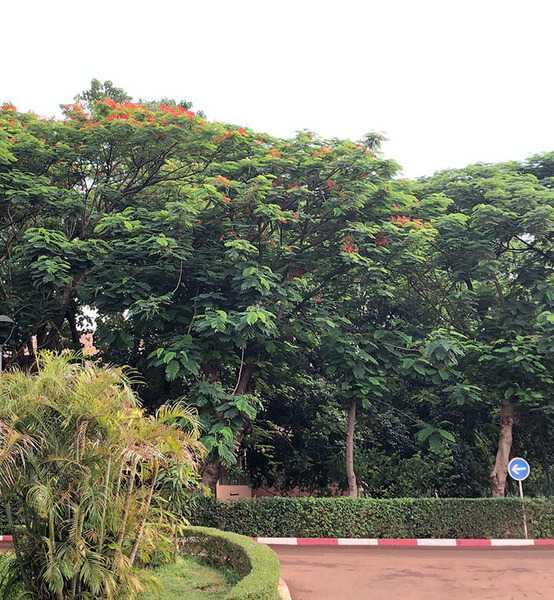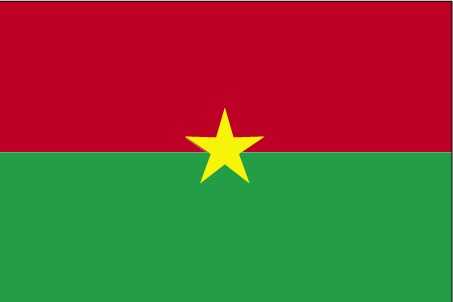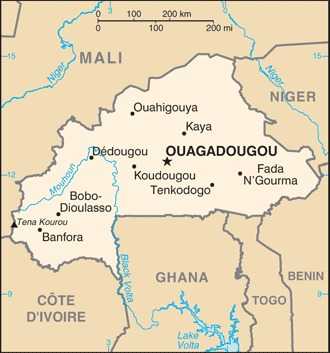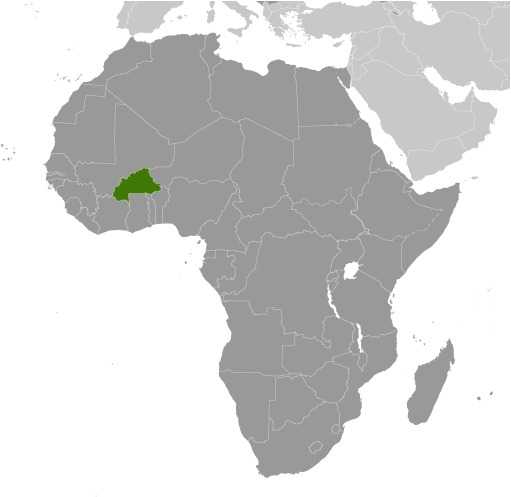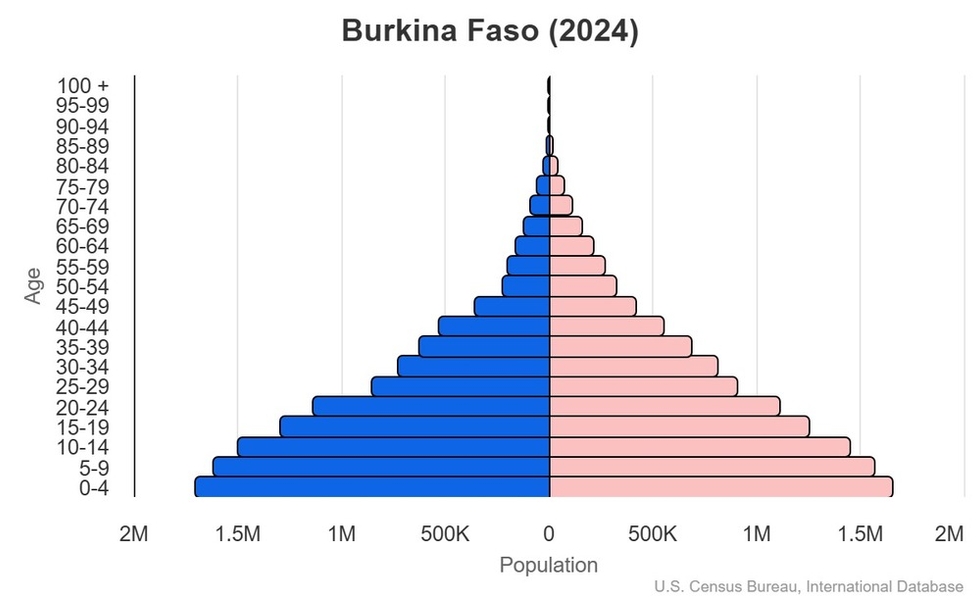Introduction
Visit the Definitions and Notes page to view a description of each topic.
Geography
People and Society
Population
comparison rankings: total 59; male 59; female 59
Median age
comparison ranking: total 218
Population growth rate
comparison ranking: 22
Birth rate
comparison ranking: 22
Death rate
comparison ranking: 110
Net migration rate
comparison ranking: 123
Maternal mortality ratio
comparison ranking: 30
Infant mortality rate
comparison ranking: total 20
Life expectancy at birth
comparison ranking: total population 208
Total fertility rate
comparison ranking: 23
Obesity - adult prevalence rate
comparison ranking: 175
Alcohol consumption per capita
comparison ranking: total 57
Tobacco use
comparison ranking: total 110
Children under the age of 5 years underweight
comparison ranking: 25
Education expenditure
comparison ranking: Education expenditure (% GDP) 52
Environment
Carbon dioxide emissions
comparison ranking: total emissions 136
Government
Economy
Real GDP (purchasing power parity)
comparison ranking: 116
Real GDP growth rate
comparison ranking: 46
Real GDP per capita
comparison ranking: 204
Inflation rate (consumer prices)
comparison ranking: 128
GDP - composition, by sector of origin
comparison rankings: agriculture 37; industry 57; services 193
Industrial production growth rate
comparison ranking: 180
Labor force
comparison ranking: 72
Unemployment rate
comparison ranking: 91
Youth unemployment rate (ages 15-24)
comparison ranking: total 138
Gini Index coefficient - distribution of family income
comparison ranking: 59
Public debt
comparison ranking: 74
Taxes and other revenues
comparison ranking: 62
Current account balance
comparison ranking: 130
Debt - external
comparison ranking: 82
Energy
Electricity
comparison rankings: installed generating capacity 144; consumption 141; imports 70; transmission/distribution losses 67
Energy consumption per capita
comparison ranking: 176
Communications
Telephones - fixed lines
comparison ranking: total subscriptions 141
Telephones - mobile cellular
comparison ranking: total subscriptions 56
Broadband - fixed subscriptions
comparison ranking: total 177
